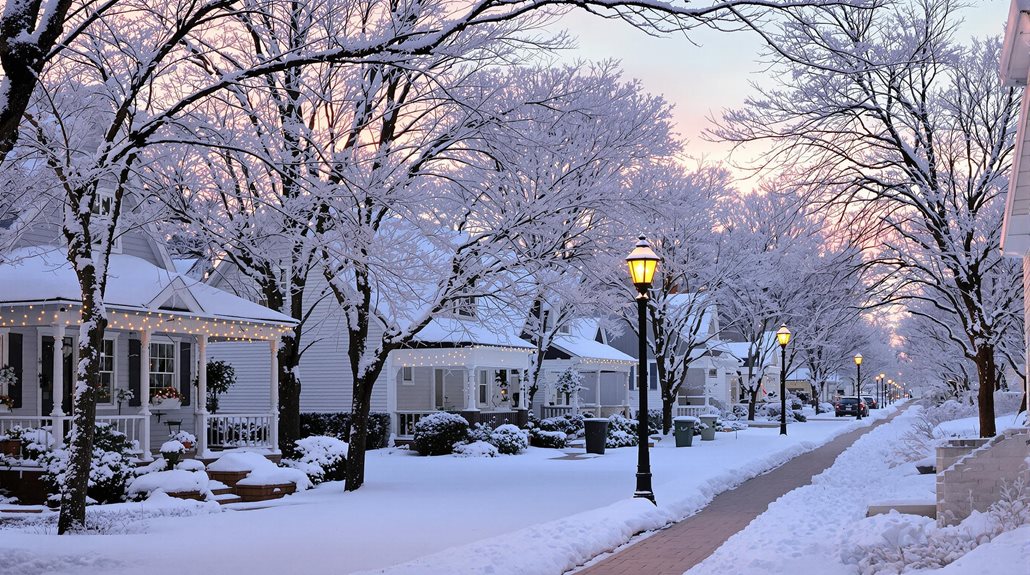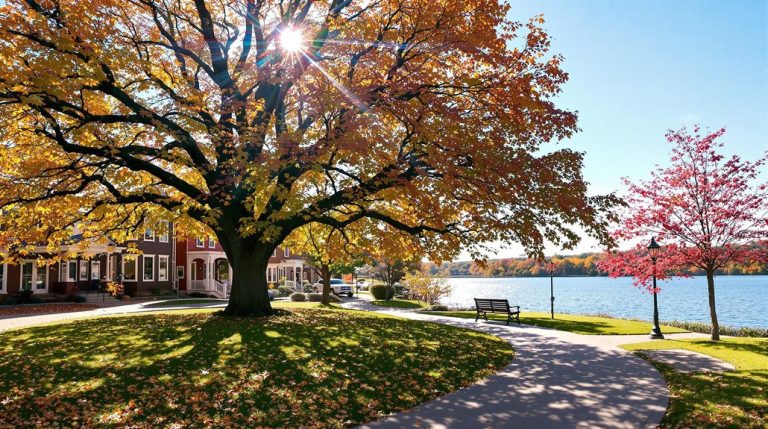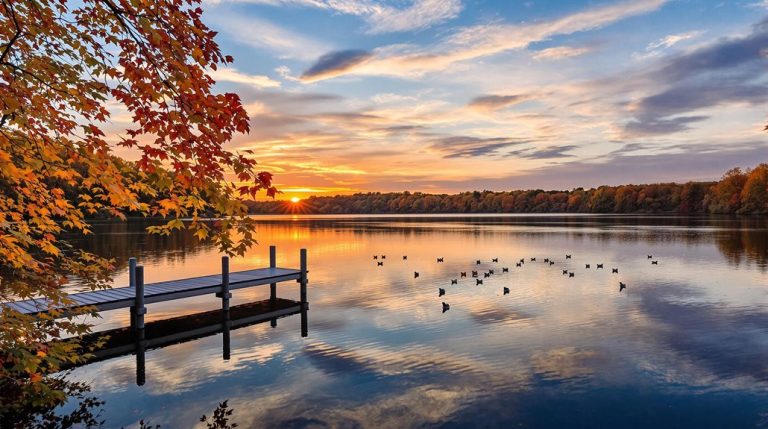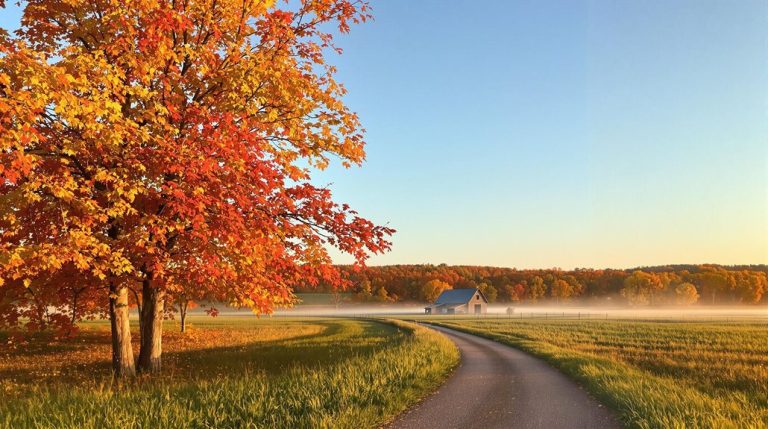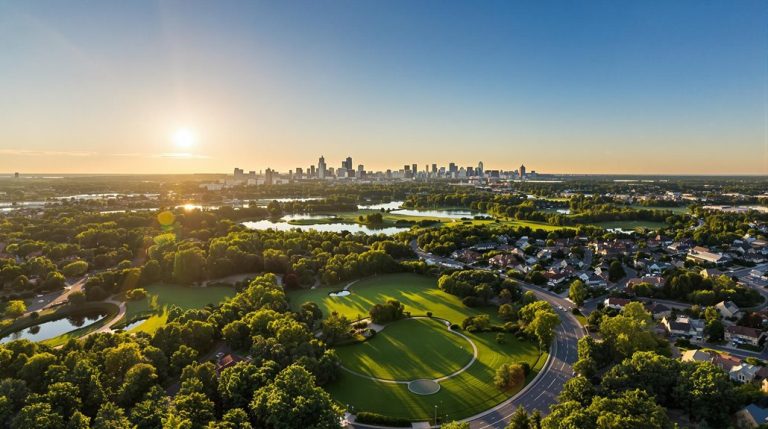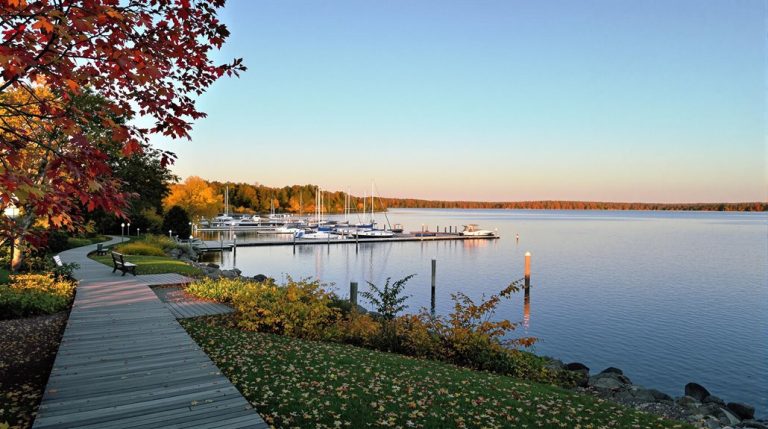Hanover MN
Hanover, Minnesota, has a rich history stemming from its initial American Indian inhabitants, followed by the exploration by Father Louis Hennepin in 1680. German immigrants, including Jacob Vollbrecht, settled in the area mid-19th century, drawn by fertile land, which led to the incorporation of Hanover in 1891. The community prospered with infrastructure development. Hanover features scenic natural beauty with the Crow River, intimate community events, and historic landmarks like the 1885 Hanover Bridge. Further exploration reveals more about its vibrant cultural heritage and local attractions.
Expert Highlights
- Hanover, MN, was initially inhabited by American Indian tribes.
- Father Louis Hennepin explored the area in 1680.
- German immigrants like Jacob Vollbrecht settled around the mid-19th century.
- Incorporated in 1891, Hanover prospered due to infrastructure and agriculture.
- Hanover celebrates an annual Harvest Festival with various community events.
History of Hanover
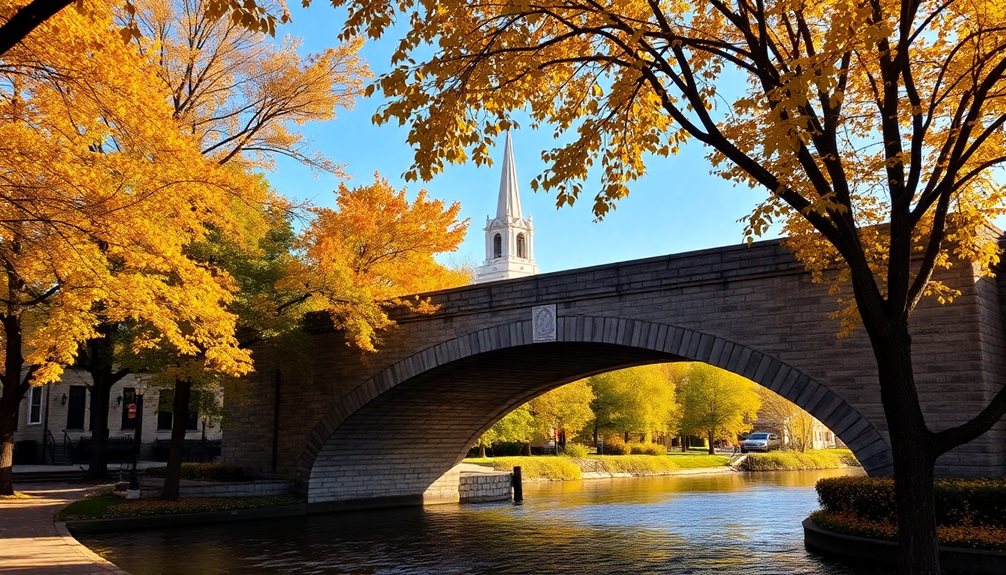
The history of Hanover, Minnesota, is deeply intertwined with early settlement patterns in the region. Originally inhabited by various American Indian tribes, Father Louis Hennepin explored the area in 1680.
By the mid-19th century, German immigrants like Jacob Vollbrecht arrived, drawn to fertile land and water resources. Vollbrecht Mills, later renamed Hanover, flourished as a farming community, with incorporation achieved in 1891.
The village prospered with the addition of infrastructure such as bridges and roads, facilitating growth and community development. Its cultural heritage remains significant today.
Many historic homes in the area have been modernized with custom porches that blend seamlessly with their original architecture while providing additional living space.
Geography and Natural Features
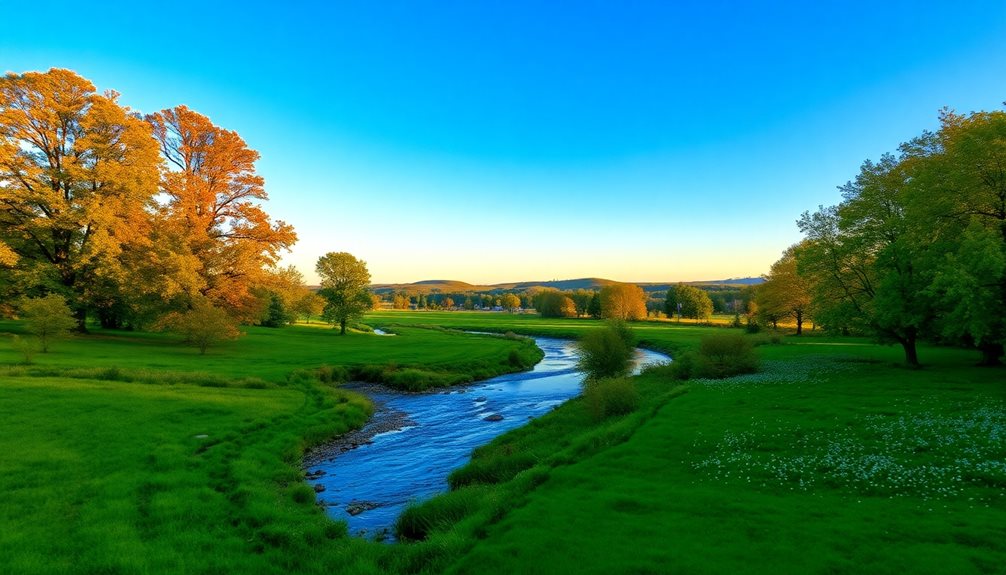
Hanover, Minnesota, is situated in a region characterized by diverse natural features, including rivers, forests, and fertile lands shaped by historical settlement and environmental processes.
The Crow River plays a significant role, offering scenic beauty and supporting local ecosystems. As part of Wright County, Hanover benefits from a mix of hardwood forests and wetlands, which provide habitat for a variety of wildlife.
Hanover is enriched by the Crow River, which offers scenic beauty and supports diverse ecosystems amidst hardwood forests and wetlands.
The local landscape is influenced by a mosaic of vegetation types, reflecting its proximity to the Minnesota River basin and ecological regions like the Big Woods.
Geographically, Hanover is situated seven miles from Albertville, a major transportation hub.
The area’s natural beauty makes it ideal for residents to create outdoor living areas that seamlessly integrate with the surrounding landscape.
Community Events and Festivals
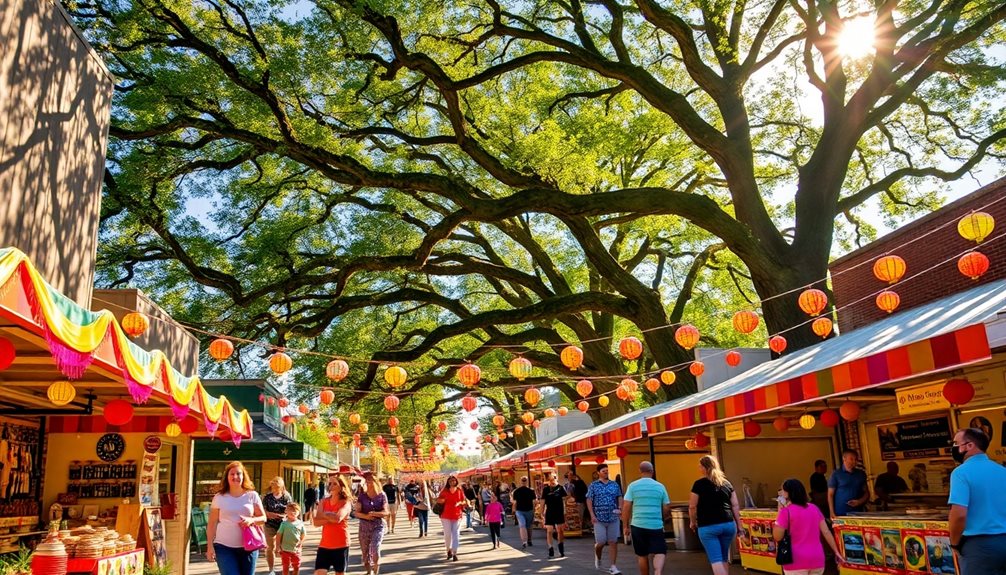
Community events in Hanover, Minnesota, highlight the city’s vibrant cultural scene through a variety of festivals and activities.
The Hanover Historical Society hosts an annual Ice Cream Social, Classic Car Show, Caroling at the Historic Bridge, and Letters to Santa mailbox. The Hanover Harvest Festival is a one-day event featuring a 5K race, softball tournament, and crowning of local royalty.
These events foster community engagement and are supported by local businesses and volunteers. The Hanover Lions Club also organizes several events throughout the year, including a Smelt Fry and holiday light recycling project.
Many residents enhance their outdoor living spaces with custom-designed decks that serve as perfect venues for hosting gatherings during these community celebrations.
Local Attractions and Points of Interest**
Situated along the Crow River, local attractions in Hanover, Minnesota, encompass a blend of natural beauty, historical significance, and engaging activities.
The Crow-Hassan Park Reserve offers diverse wildlife and restored prairie ecosystems. The Hanover Historical Society of Minnesota provides insights into the city’s heritage, while parks like Cardinal Circle and Hanover Settlers Park offer recreational spaces.
Le Musique Room offers cultural performances, and the historic Hanover Bridge is a notable landmark, listed on the National Register of Historic Places. The riverside location presents opportunities for a scenic riverfront walkway with overlooks perfect for enjoying the natural surroundings.
Expert Final Thoughts
Hanover, Minnesota, concludes its narrative as a thriving community, bolstered by its historical establishment by German immigrants like Jacob Vollbrecht. Its geography, marked by the Crow River, supports both natural beauty and structural landmarks, such as the historic bridge. Community events, including the Harvest Festival, showcase its vibrant social fabric. With these rich cultural and environmental assets, Hanover continues to evolve as a charming and historic town within the Minnesota landscape.

